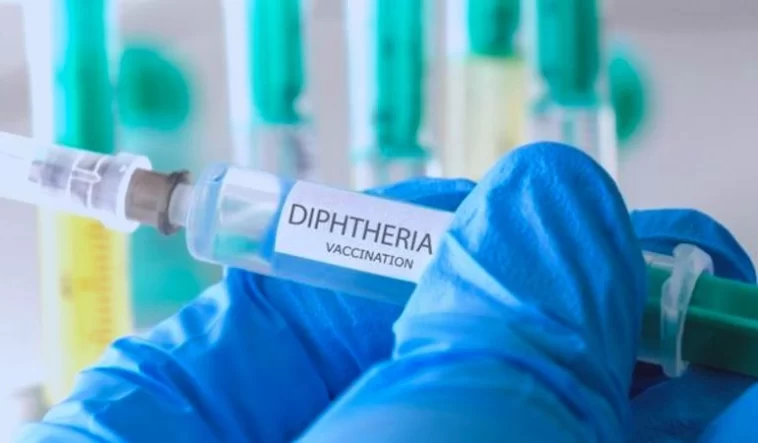A new outbreak of life-threatening Diphtheria disease has been reported in Pakistan. According to the National Institutes of Health (NIH), an advisory was issued about the possible outbreak of Diphtheria in Pakistan. Provinces were instructed to remain alert, and NIH also requested the Drug Regulatory Authority of Pakistan for the availability of Diphtheria Antitoxin in the country.
The major areas of this outbreak are Europe and many regions of Pakistan. There were 50 cases reported in the UK last year, and 27 cases occurred in November. However, 153 cases were reported in eight EU/EEA countries, including France, Belgium, Germany, Italy, Norway, Spain, Netherlands and Austria, till November 2022.
According to doctors, 39 children lost their lives only in Pakistan because of the unavailability of proper medicine and the diphtheria antitoxin shortage. Recent floods in the country may further increase the number of patients till November 2022, whereas 70 cases were already reported in the flood-affected provinces of Pakistan.

History tells us that it wasn’t the first hit of this disease. In 2017 a huge outbreak was seen among the Rohingya refugees living collectively in Cox’s Bazar, Bangladesh. This outbreak’s total number of cases was 7,064, including 45 deaths.
Take special care between November to February, as the number of cases of the disease increases, and it’s dangerous that the institutions should take measures to identify and monitor Diphtheria cases to prevent the disease from spreading. It spreads by coughing, sneezing, touching and even touching the clothes of an infected person, and it is a contagious disease. PCR testing can diagnose this disease with an incubation period of two to five days. According to the National Institutes of Health (NIH), infected persons should be isolated immediately.
What Are Its Causes?
It is an infection caused by bacteria strains known as “Corynebacterium Diphtheria”. It produces a toxin from which a person can be badly sick. It is spread through the community by coughing and sneezing people and also through open wounds or ulcers. The people are at high risk of getting affected who live in the same house, have close contact with diphtheria patients or directly exposed themselves to the secretion of the affected patients.
What Are Its Symptoms?

If a patient gets affected by this disease, he may face two symptoms. One is “Respiratory Diphtheria” directly affects the respiratory system, and a patient may face sore throat, weakness, fever, and swollen glands within 2 to 3 days.
First, it makes a toxin that makes healthy tissues dead. The dead tissues make a grey coating in the throat, called “pseudo membrane”, which makes breathing difficult and swallowing difficult. If the toxin travels into the body’s blood, it affects the lungs and heart.
The second symptom is “Skin Infection”, which affects the Skin, causing open wounds or ulcers, and its impact is not too bad.

Diphtheria Treatment
The only treatment for this disease is “Diphtheria Antitoxin”, which helps the body stop itself from damaging bacteria toxins. It is very useful in the case of Respiratory Diphtheria, whereas in Skin Infection Diphtheria, it is very rarely used. However, antibiotics are also helpful for removing bacterial infections caused by respiratory or Skin. After 48 hours of taking antibiotics, the patients usually cannot infect other people but should complete the course of antibiotics. In the end, the test should be recommended to confirm that the bacteria are no longer in the body.
Useful Links
- Gavi.org
- NIH PDF Newsletter, it may helpful – Download It


